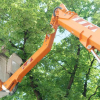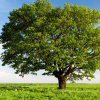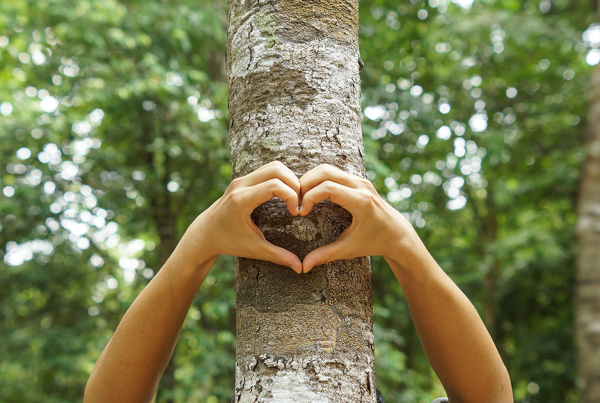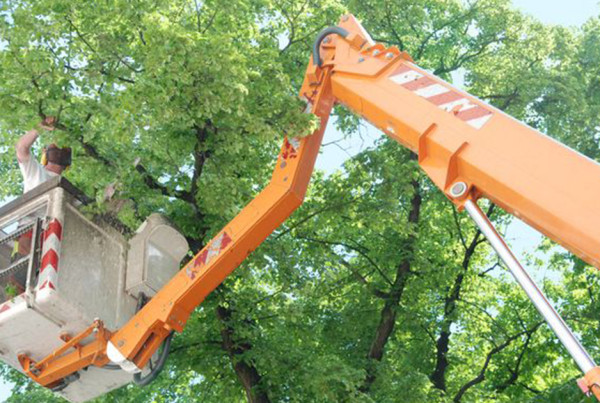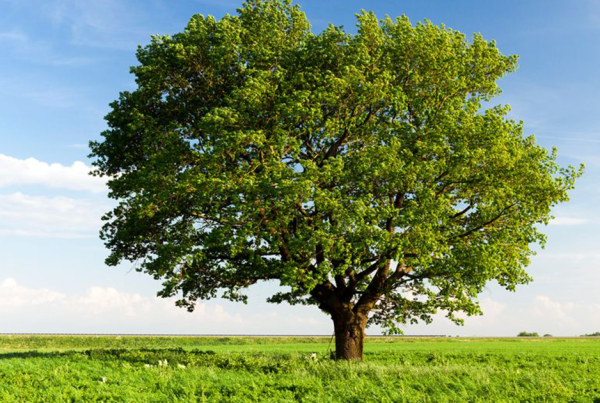
If it has just dawned on you that the trees in your property are getting taller beyond what’s acceptable to you and/or the neighborhood, and you need to do something about them before they outgrow the space allocated to them, the primary question would be: How will you be able to safely cut down a tree to an acceptable size?
Tree Trimming & Pruning
When tree owners want to reduce the size of their trees and keep them in perfect shape, they usually resort to tree trimming (also known as pruning). Trimming a tree has plenty of benefits. Visually speaking, it can hold in check excessive growth that can ruin the shape of the tree and—if it’s large enough—potentially wreak havoc on their neighbors’ property. Pruning can also have the added benefit of reducing leaf diseases by increasing airflow through a tree’s canopy.
Methods of Pruning
There are a lot of pruning types but the most common of them applied to tall trees are either tree topping or crown reduction. But which of these two methods deliver the best result? Which of these two will not harm your tree and disfigure it? Which of them are highly recommended by professional arborists?
Find out everything that you need to know about these two methods:
What Is Tree Topping?
Also known as hat-racking, rounding over, heading, or tipping, tree topping techniques involve removing the large branches from the treetop and leaving only lateral branches and stumps on the tree.
Is Topping Trees Good or Bad?
Unfortunately, tree topping is not really an advisable option for controlling the tree size. As a matter of fact, professional arborists agree that topping should never be utilized as a primary pruning method. It should only be used if you are planning to remove an unwanted tree.
Effects of Tree Topping
Since the tree is left with lateral branches and stubs that are still too small to take the role of producing and delivering food throughout the entire tree, topping provides numerous problems to the tree. Besides reducing the tree’s energy-producing capacity, it also triggers regrowth of unattractive and vertical branches, which will also disfigure the tree permanently with ugly water sprouts and branches.
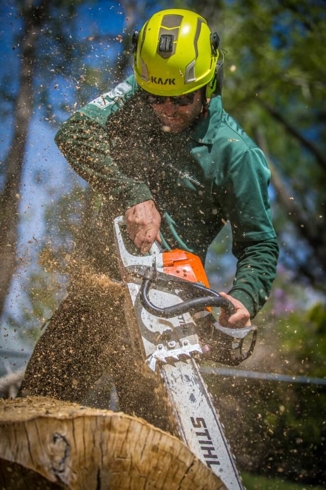
The branch wounds sustained by the tree are slow to heal, making the tree susceptible to fungal decay and insect attack. And since topping leaves the tree exposed without its branches and foliage, it can also cause severe bark damage.
Benefits Of Topping Trees?
Topping trees comes in handy in situations in which a tree has undergone severe damage from a natural disaster. Often times in such scenarios, tree topping may be your only alternative for repairing the tree. In other cases, however, it is important to note that the costs that come with tree topping exceed the benefits. Tree topping can shock a tree, leaving it unable to nourish itself. This can lead to disease and even abrupt tree death. Tree topping can also create risky situations for its surroundings, so it is in your best interest to avoid tree topping when possible.
What Is Crown Reduction?
Crown reduction is one of the most common methods that arborists use to control the size of the tree and keep its shape perfectly. It’s also more ideal to use compared to tree topping. This method involves reducing the foliage of the tree while still preserving the general structure of the crown; doing this successfully trims the overall shape of the tree and controls its size. In a general sense, limbs that are located on the uppermost portion of the tree canopy are cut shorter in order to decrease the tree’s height. However, they are only removed to the next lateral growth to be able to ensure that they heal faster and grow again properly.
It is highly suggested that only 20% or lesser of the tree’s canopy should be cut at once in order to avoid the tree from suffering.
Effects of Crown Reduction
Unlike tree topping, the effects of crown reduction on trees are not harmful. Since the trees were properly trimmed and dying limbs or branches suffering from pest or disease are eliminated, their health is greatly improved. Additionally, crown reduction provides satisfying results where aesthetics are concerned.
Moreover, trimming your trees properly can also increase the production of fruit-bearing trees and ensure better quality fruits. Crown reduction also helps improve sun exposure and air circulation on trees.
Between crown reduction and tree topping, the former is undoubtedly the best choice that you should follow when dealing with big trees. Crown reduction does not just keep the tree’s size balance; it also preserves the plant’s natural shape while also ensuring good tree health. Tree topping, on the other hand, is a harmful procedure. It may give you the result that you want but only for a short time; not to mention that it will even bring you more trouble in the future.
Hire a Professional For Your Tree Services
Tree topping, crown reduction? Which is better? You finally know the answer. If you really want to make sure that your trees are properly pruned, asking the help of a professional arborist is highly recommended. They will absolutely guarantee that your tree’s health and shape are not compromised.
Call (775) 352-4241 to get in touch with our professionals at American Arborists. You can count on us to take care of all your tree services.



